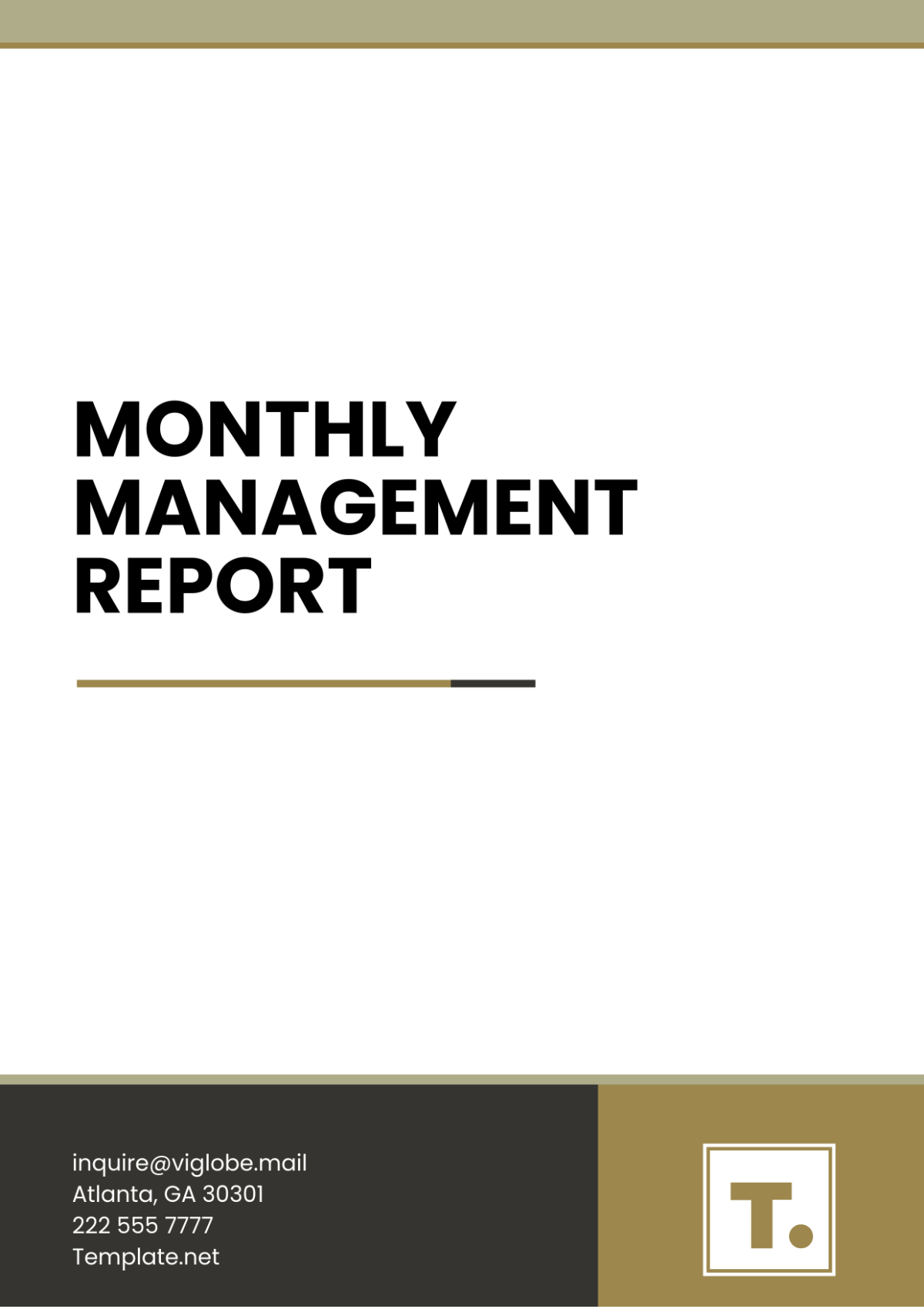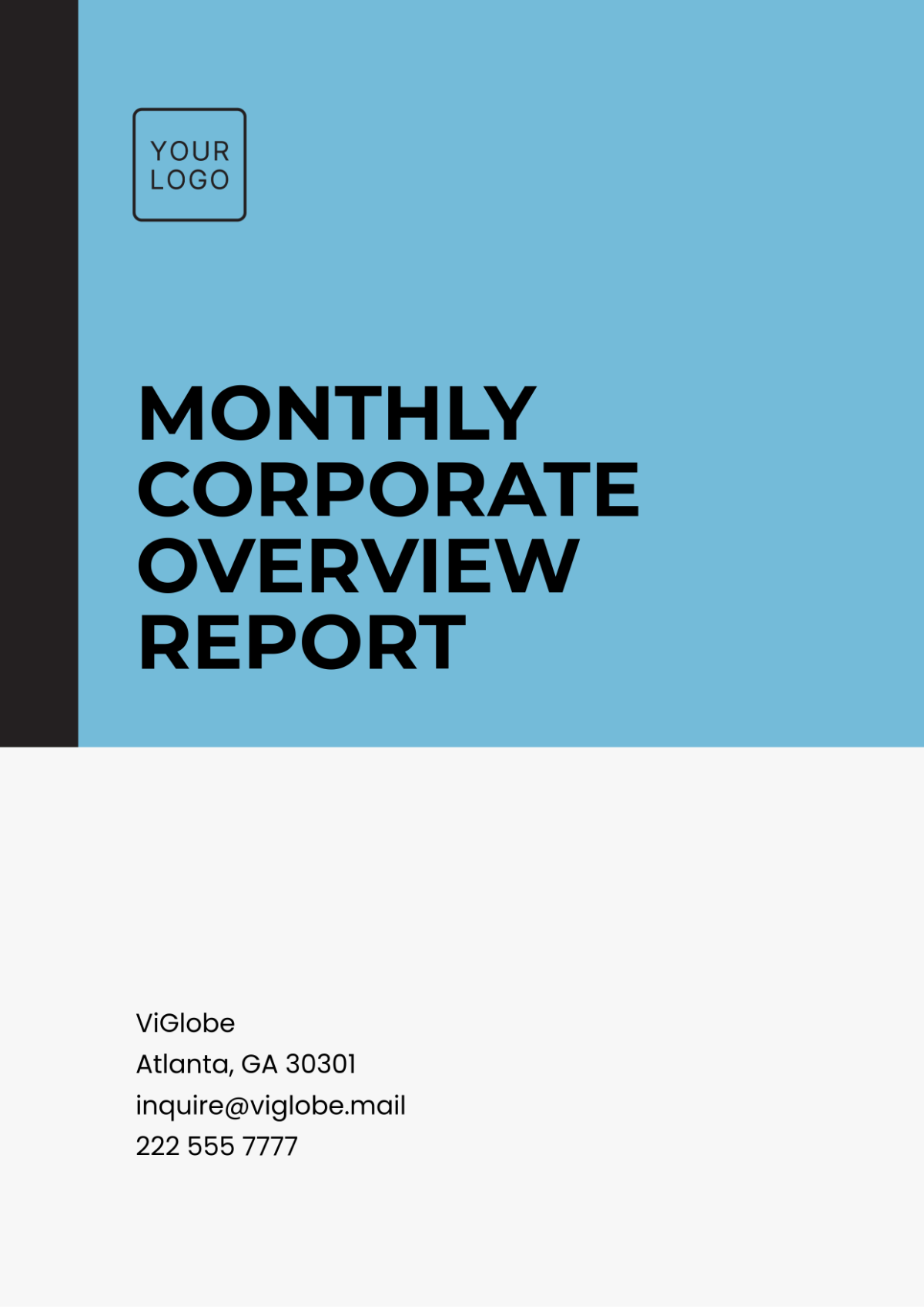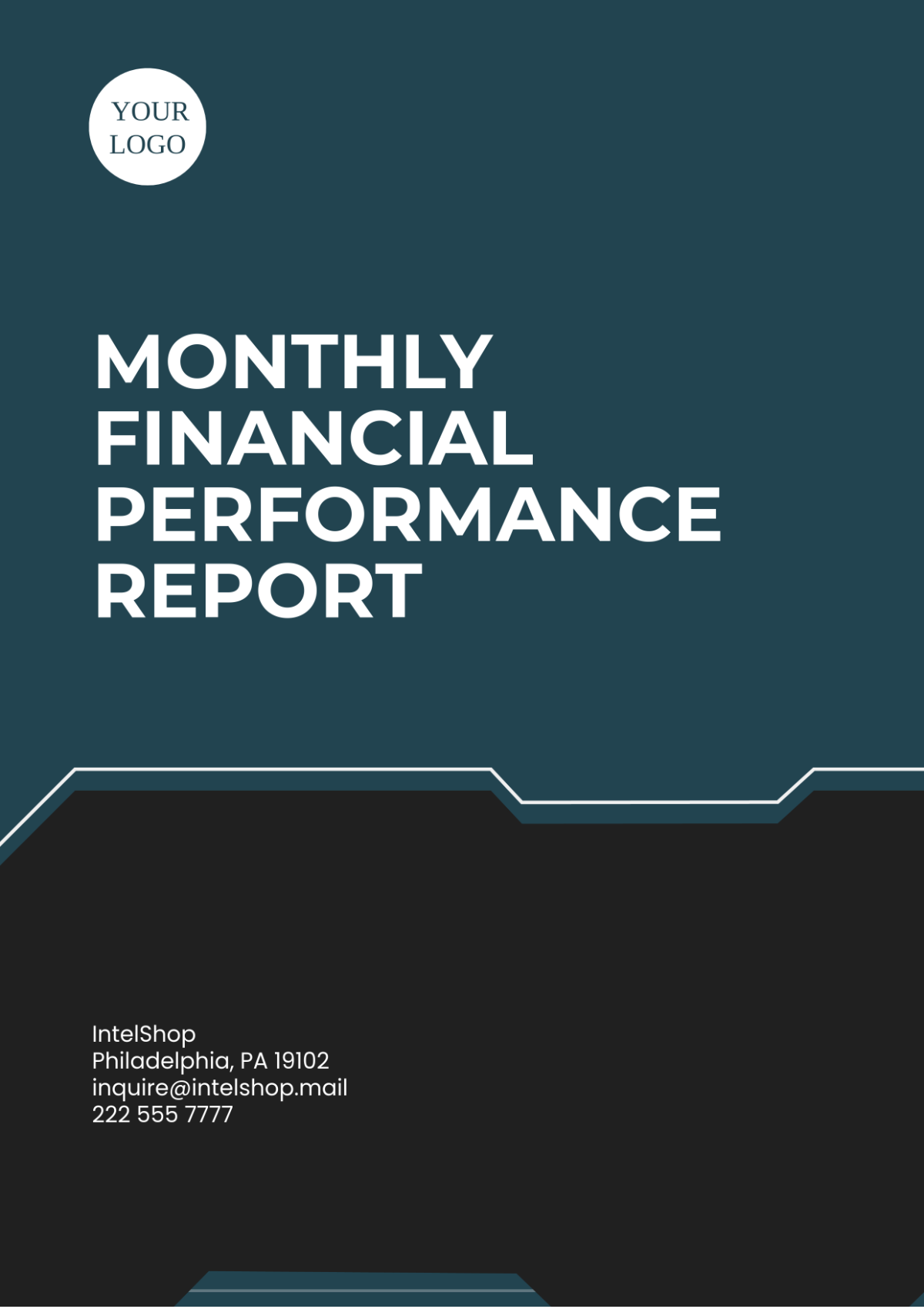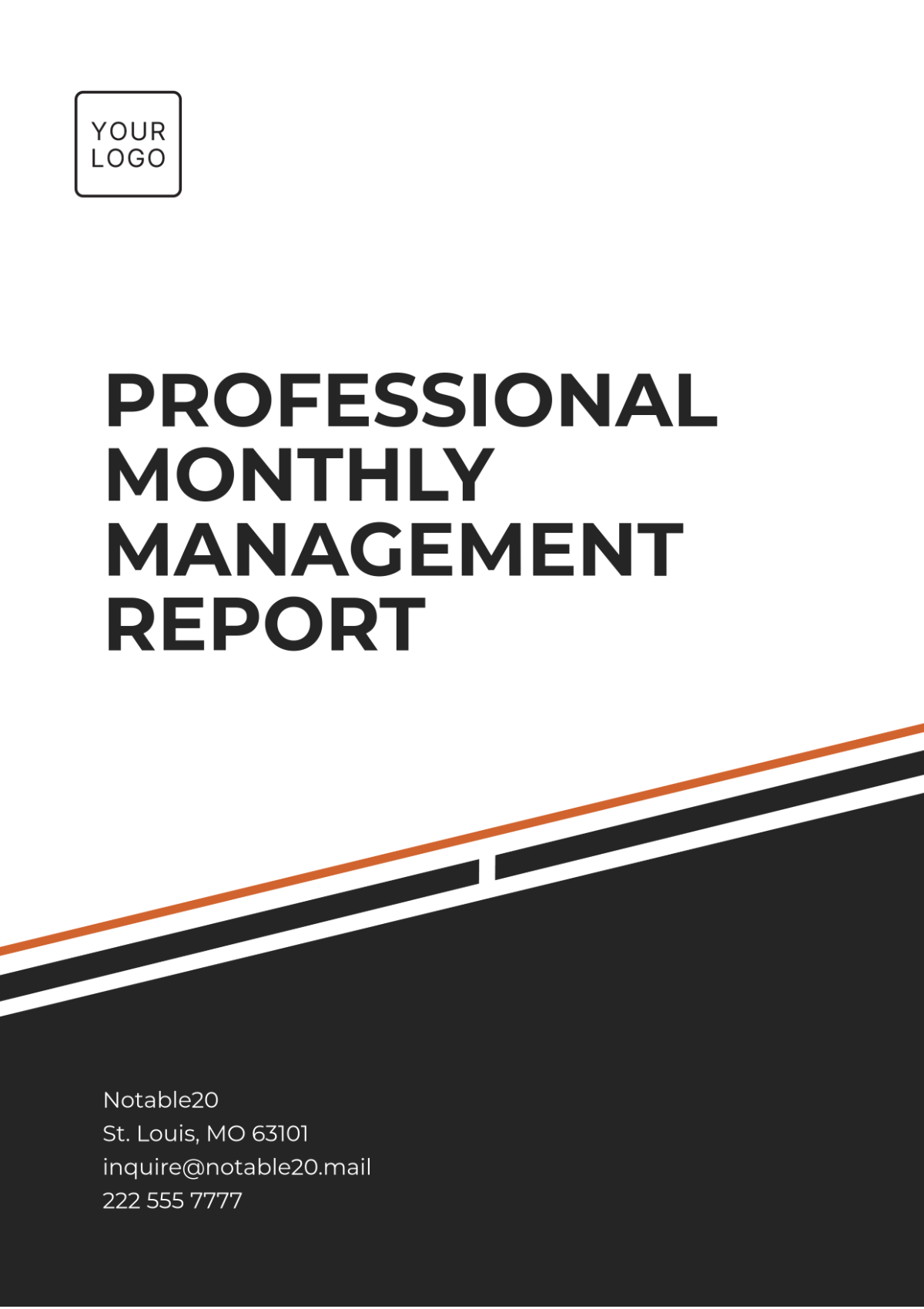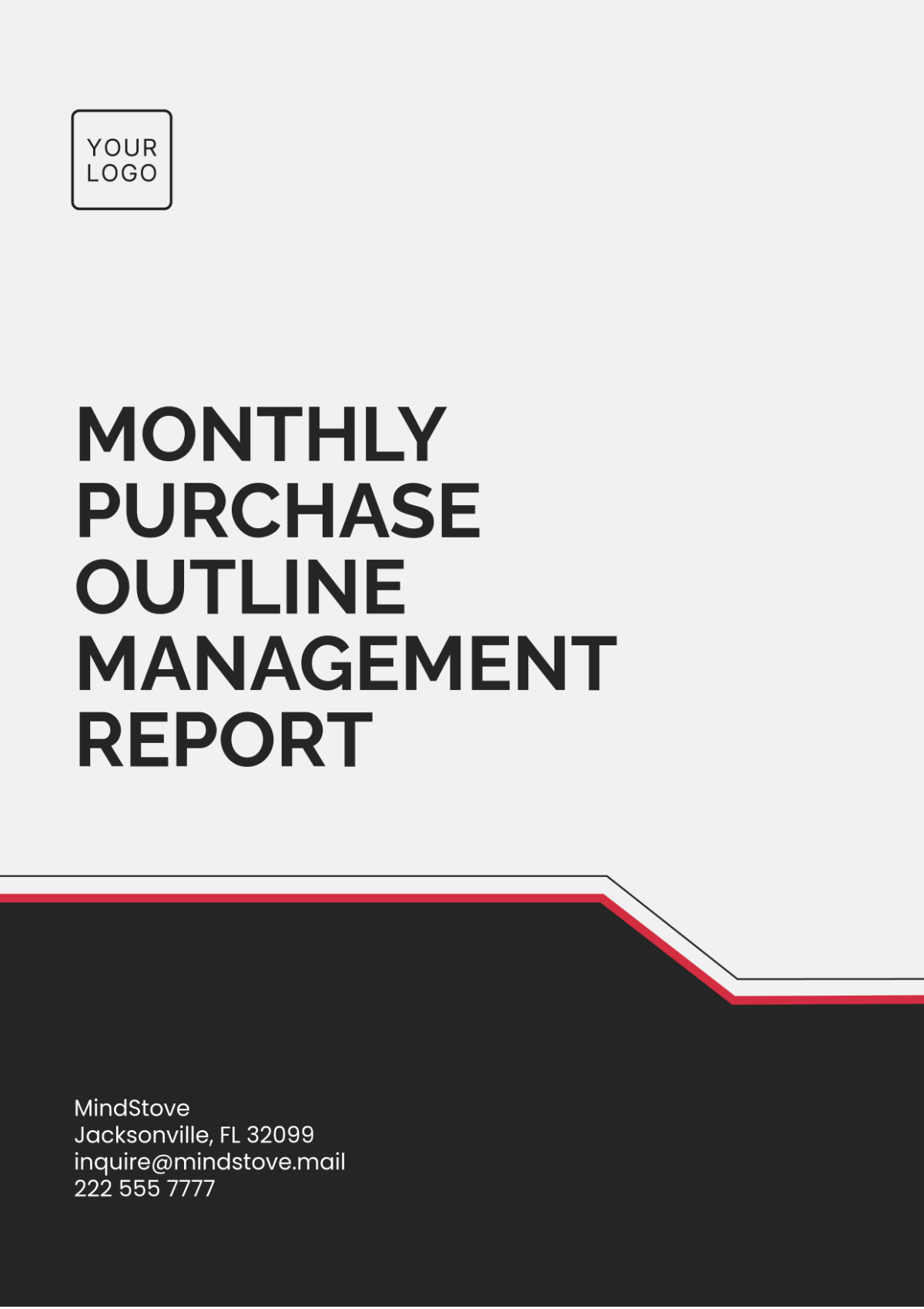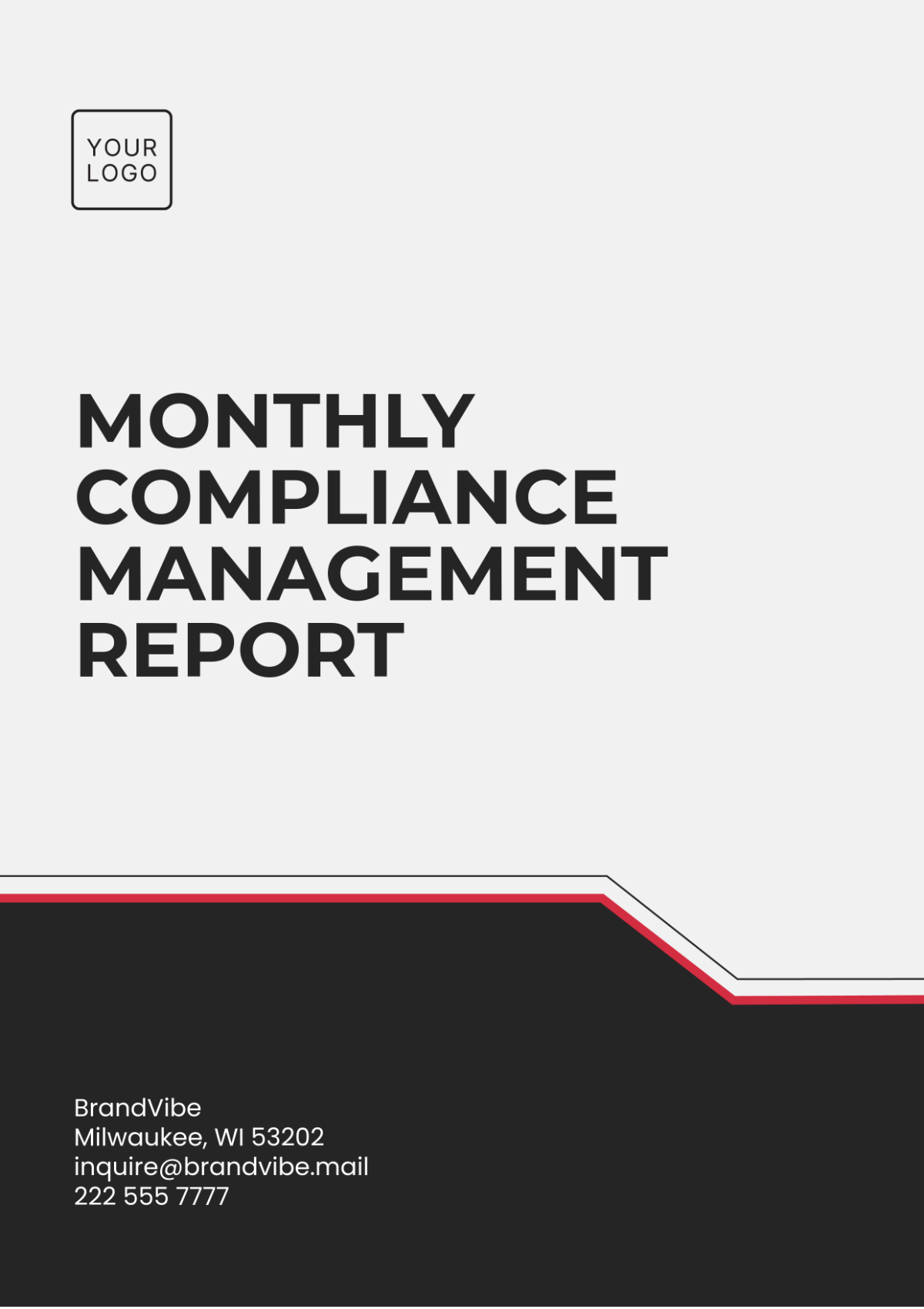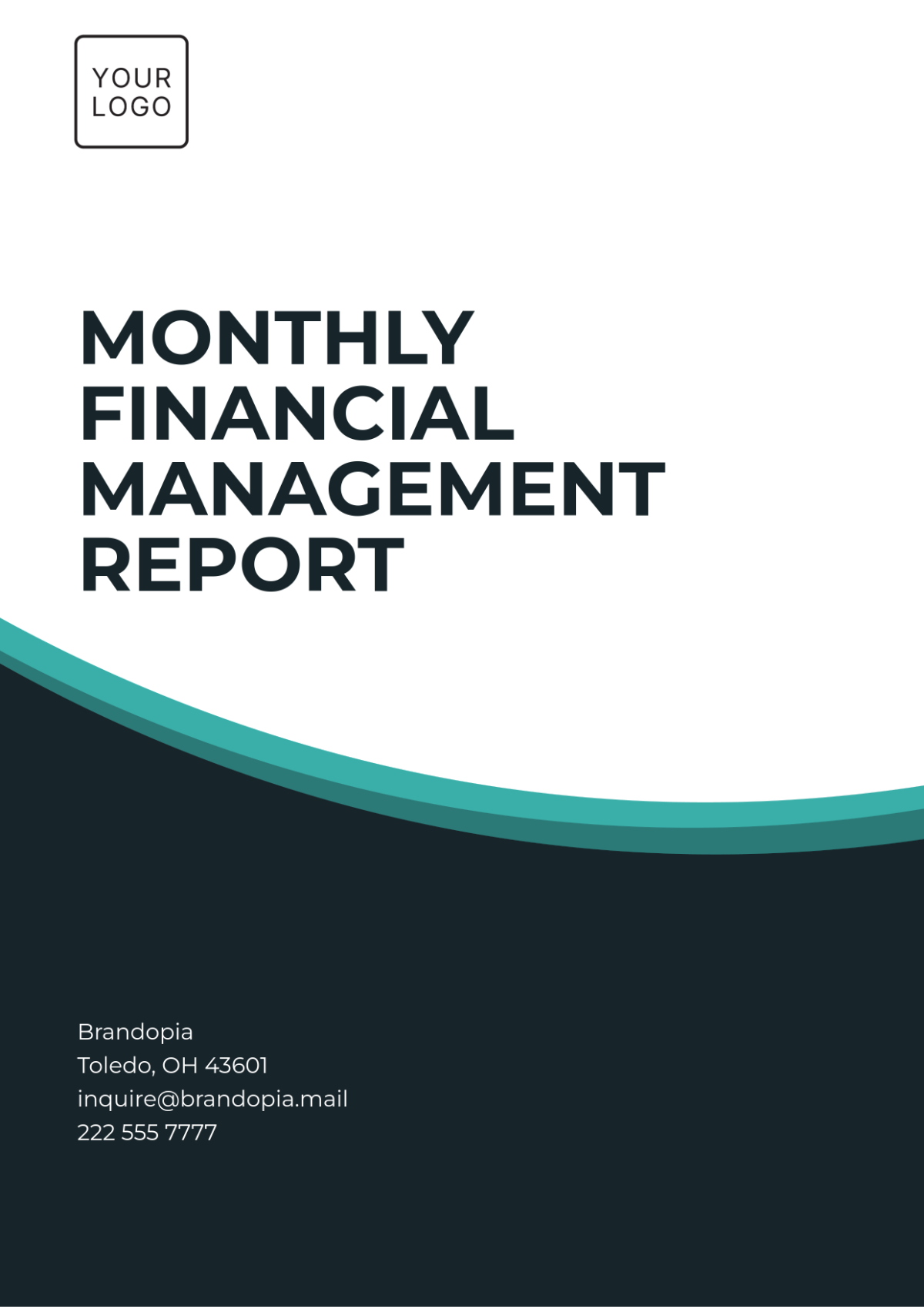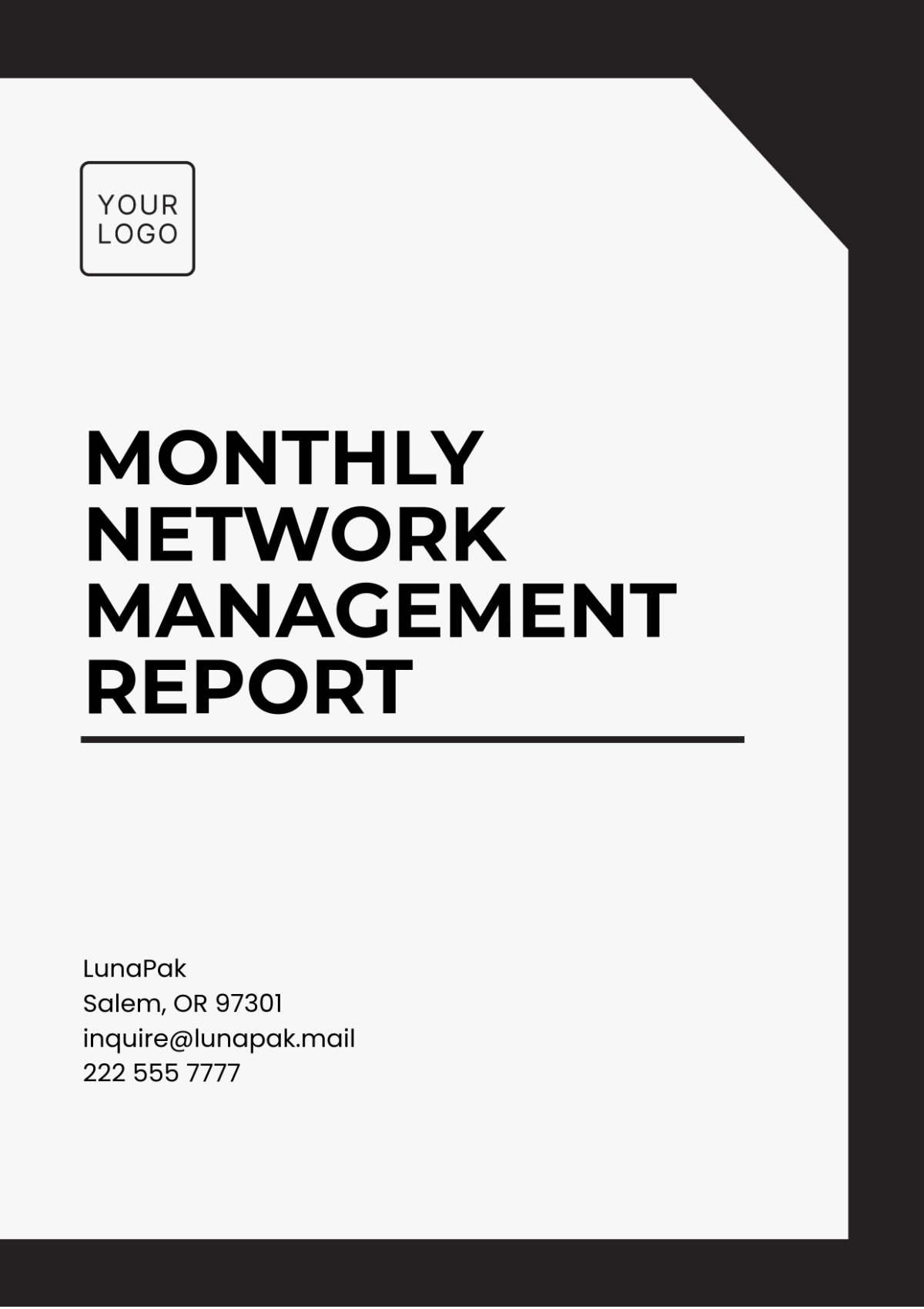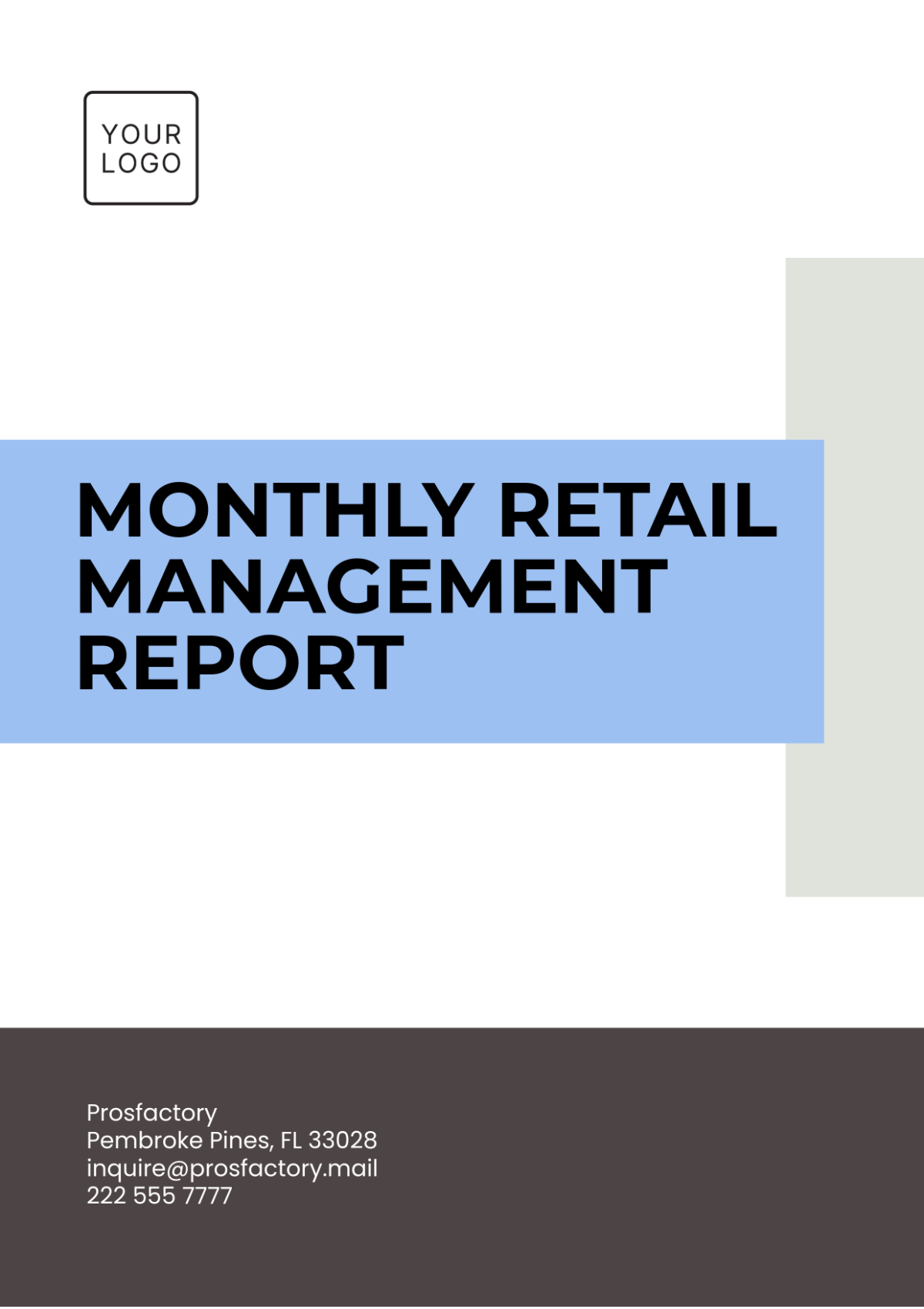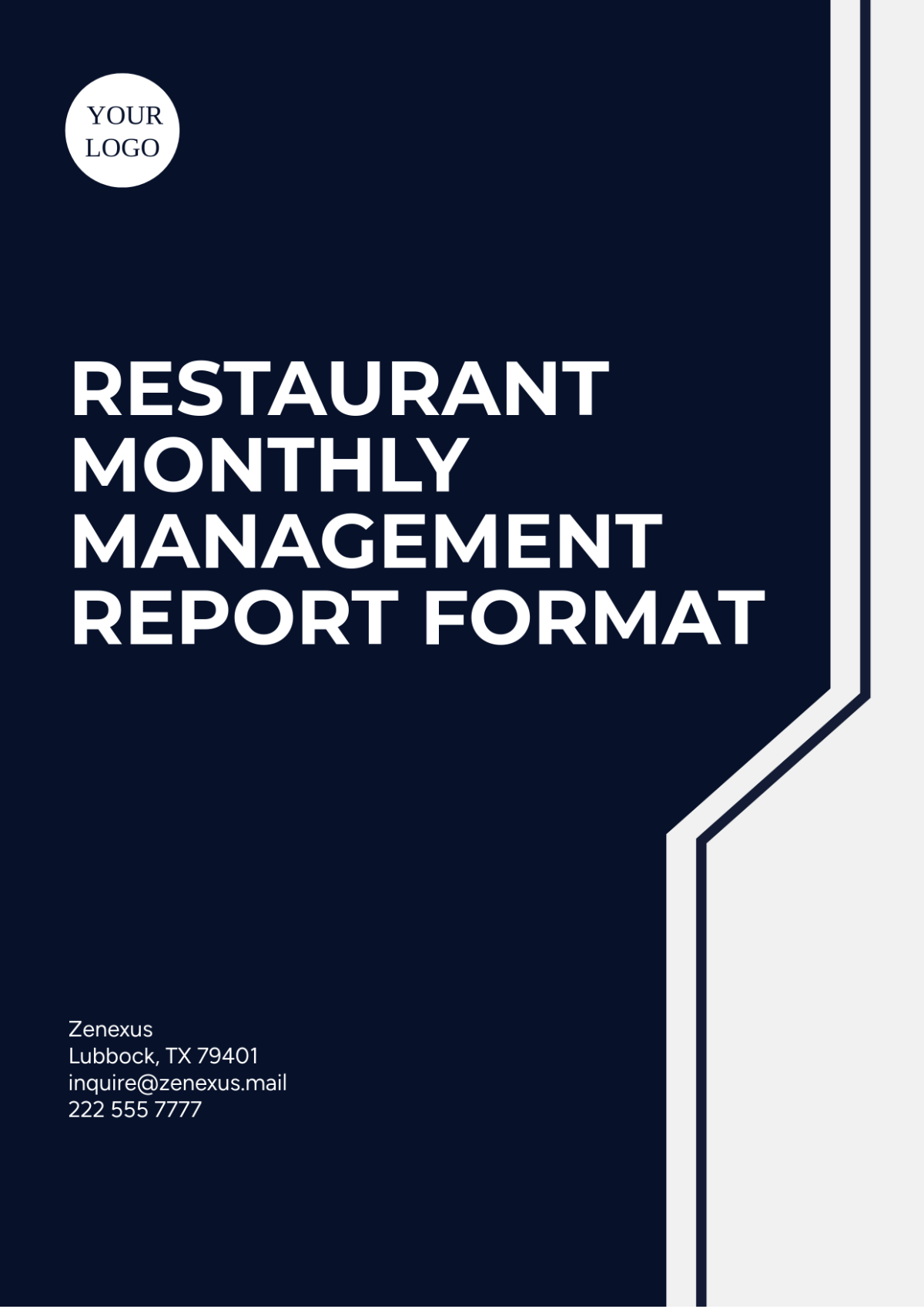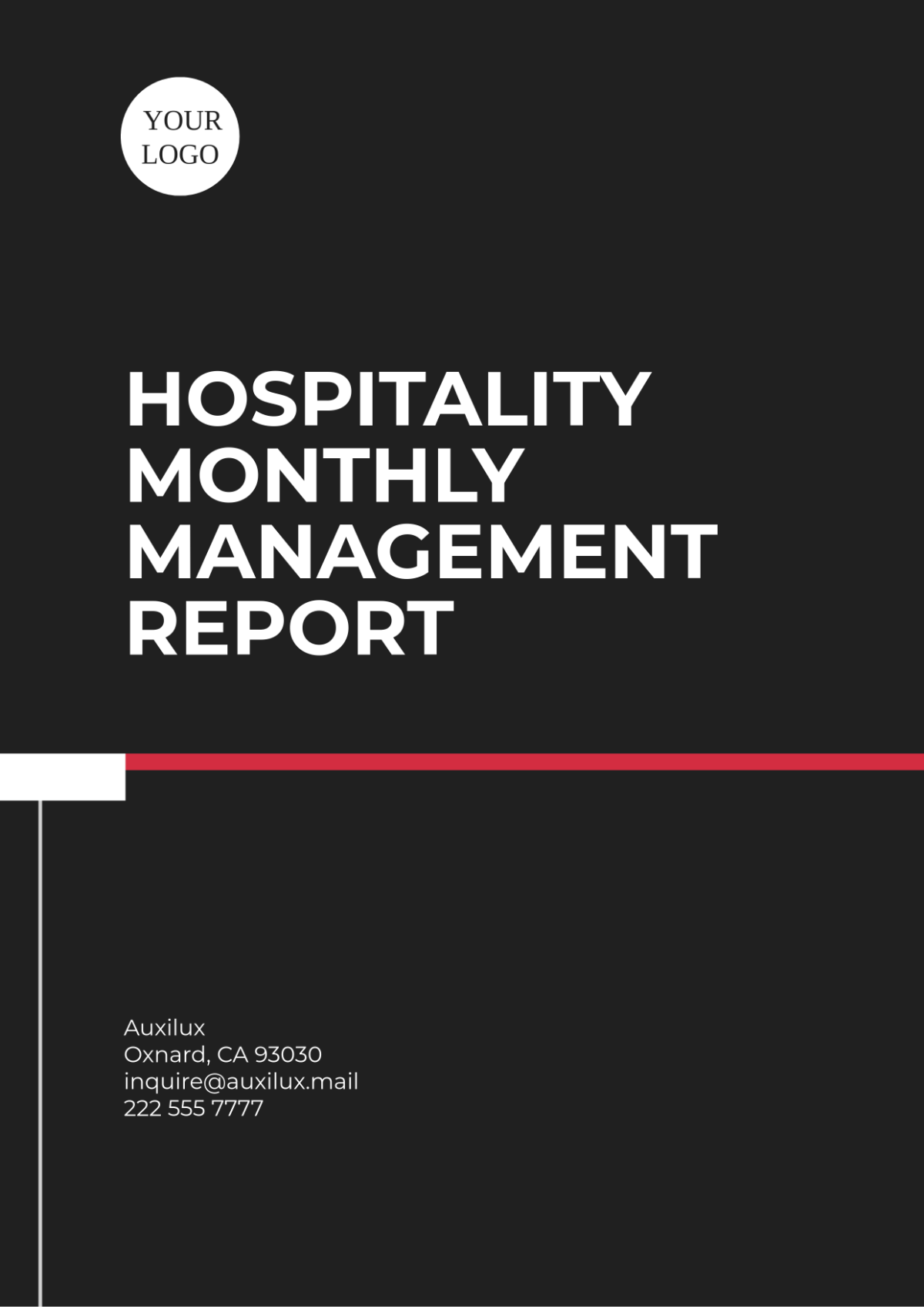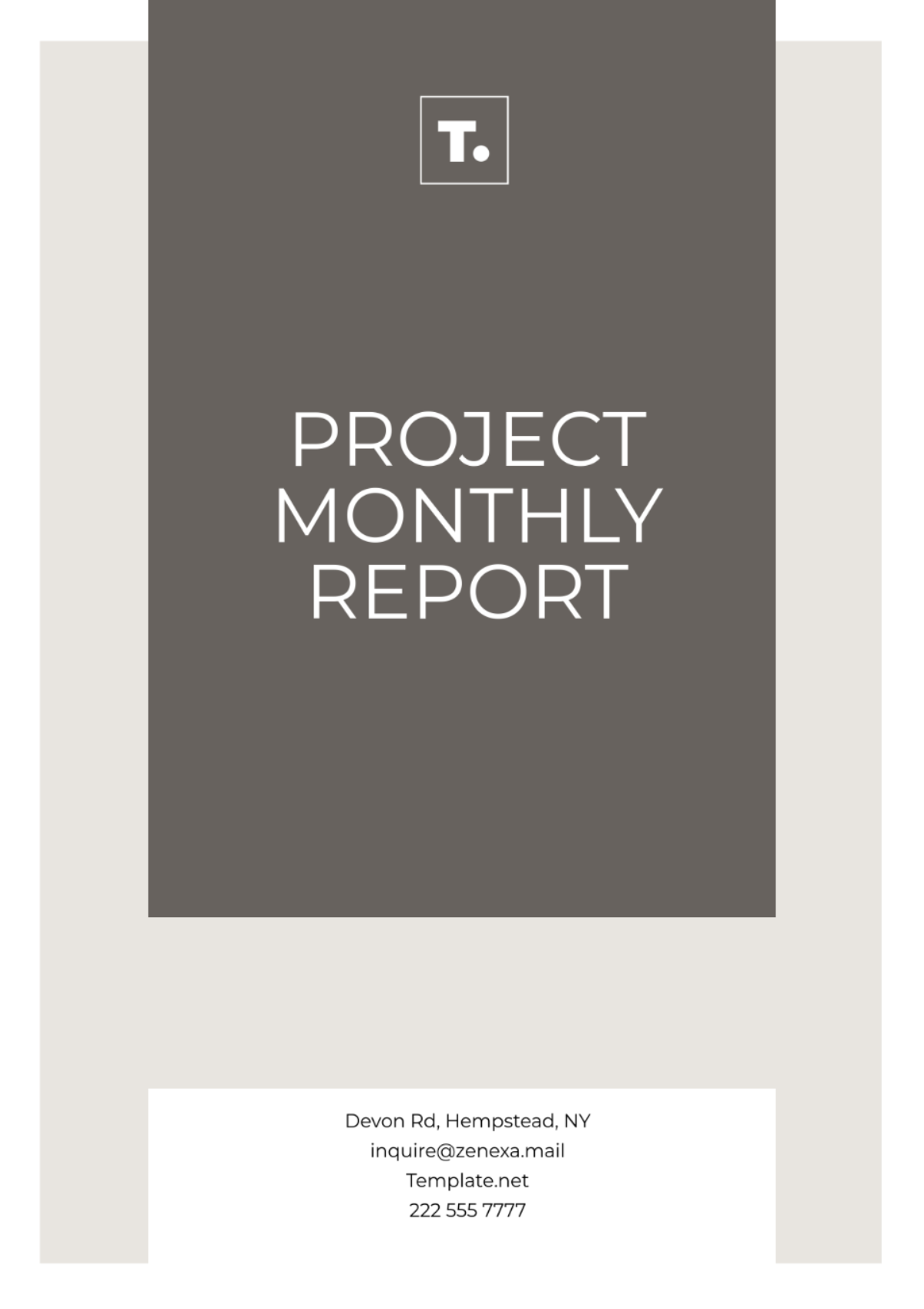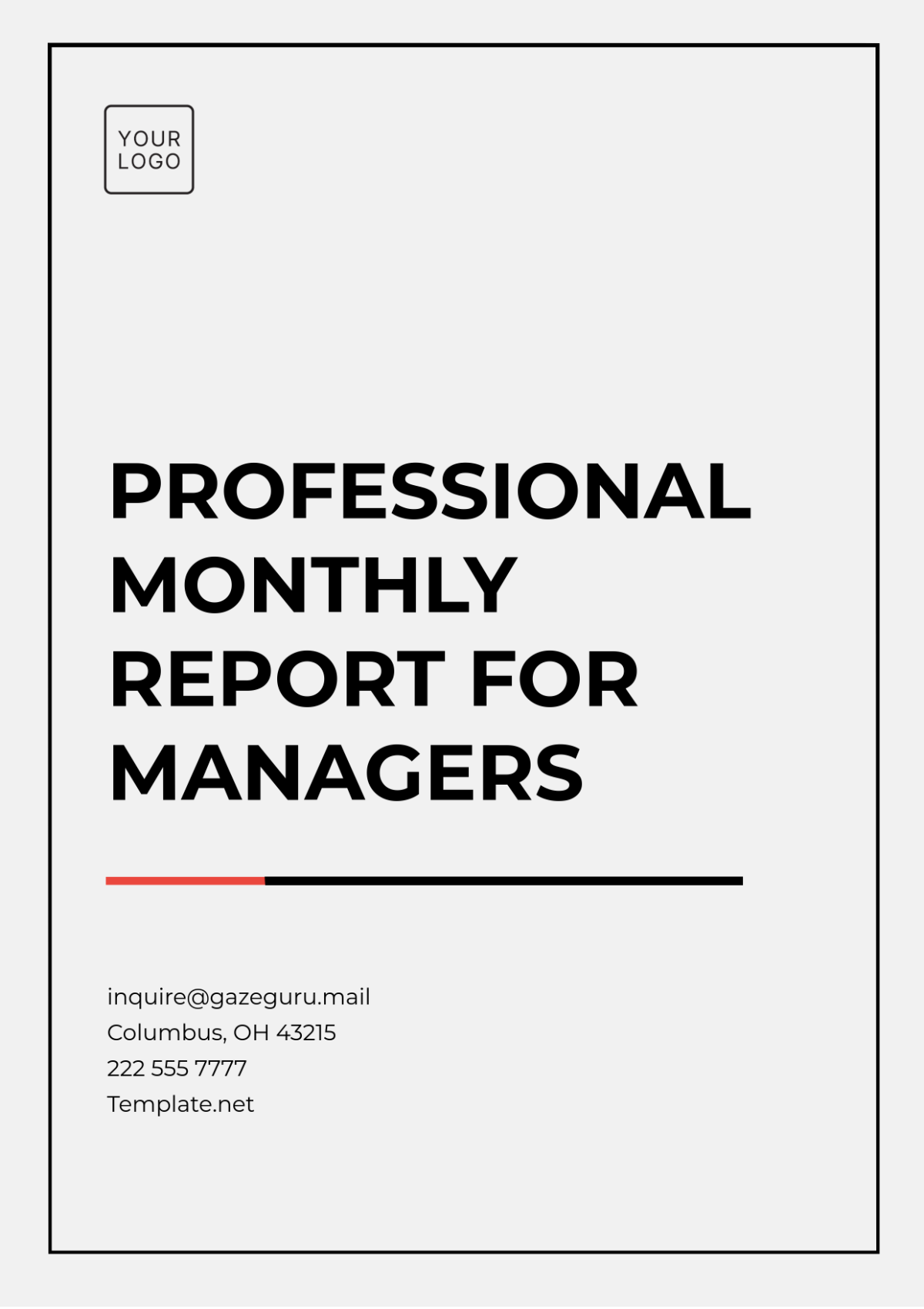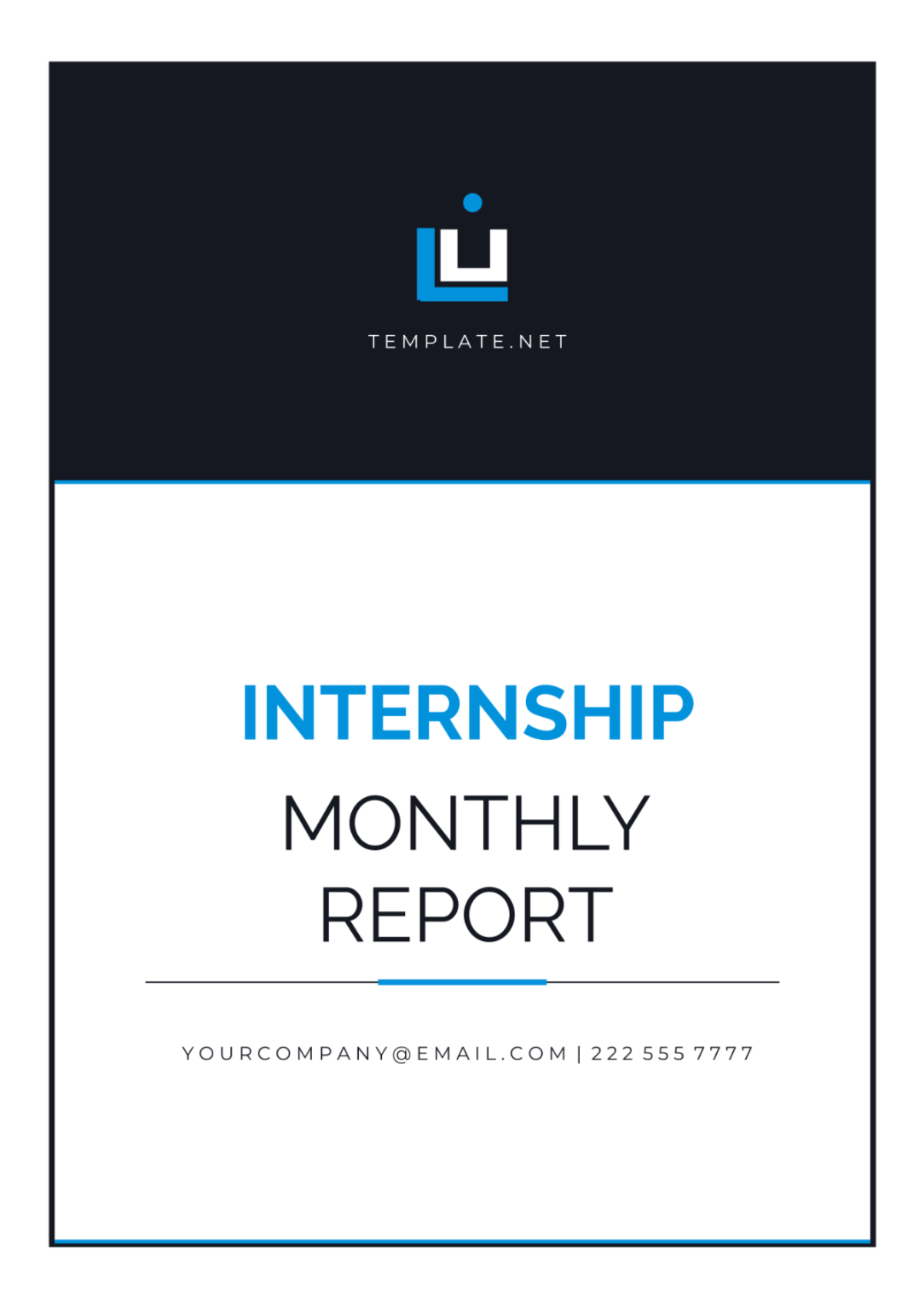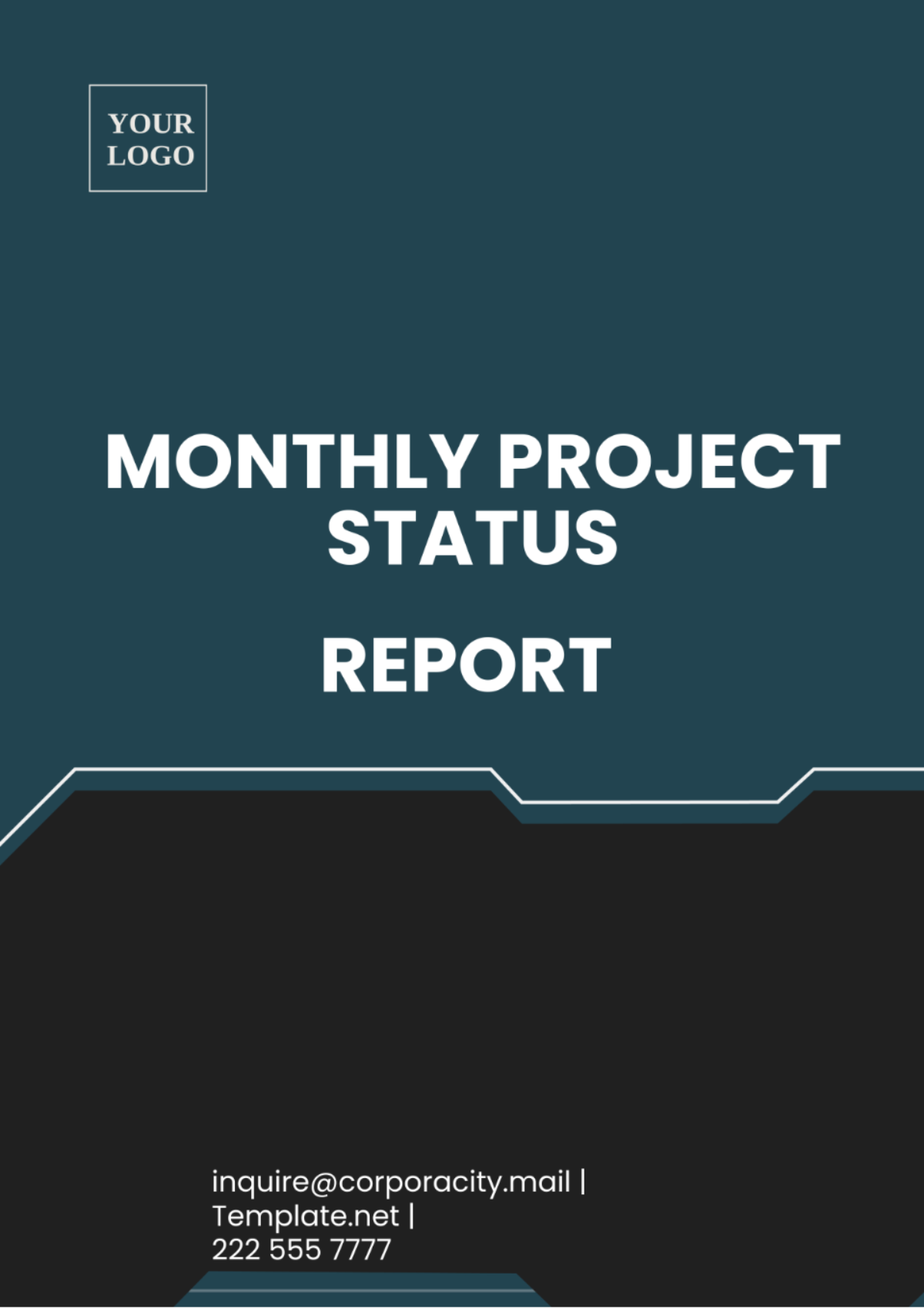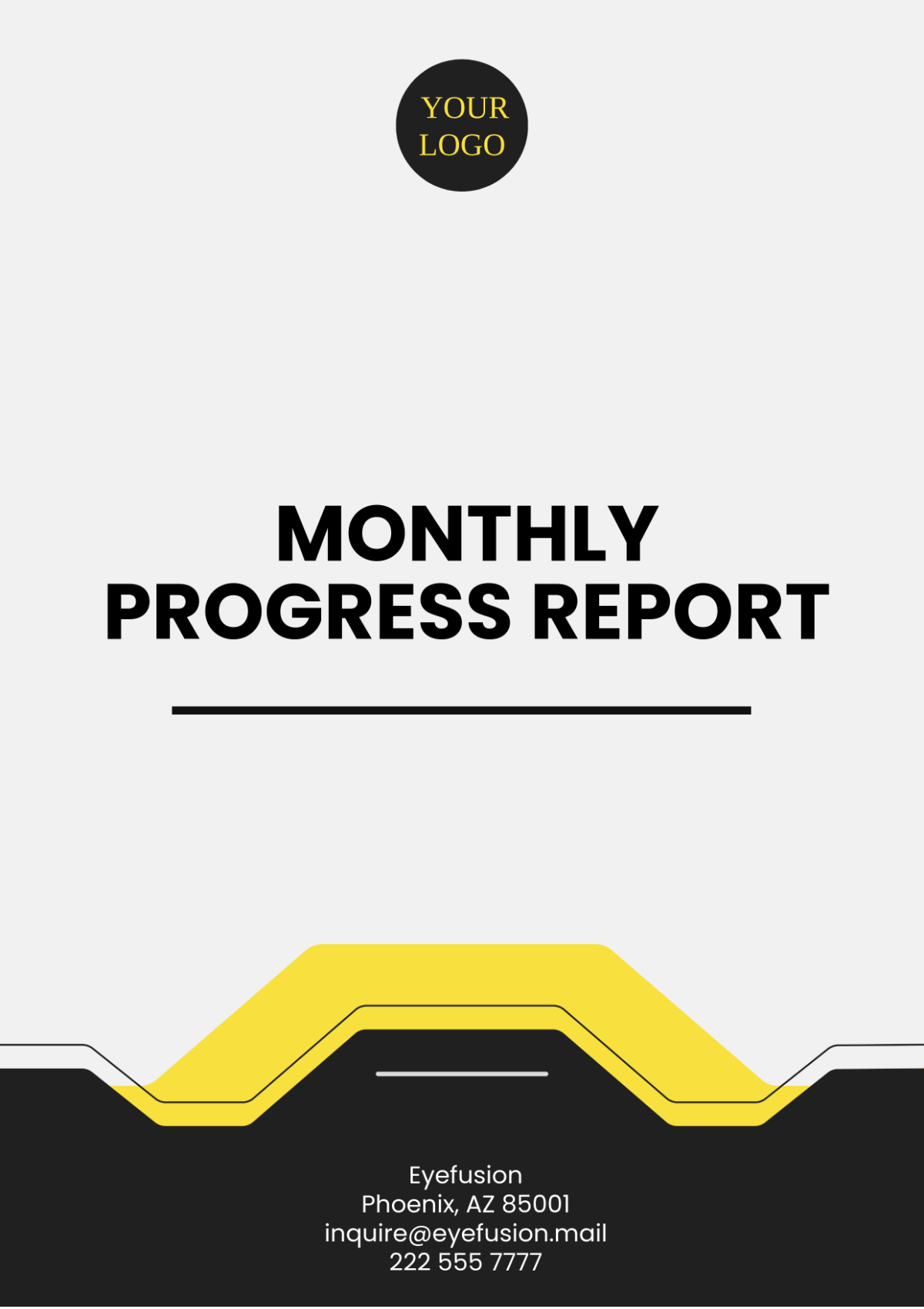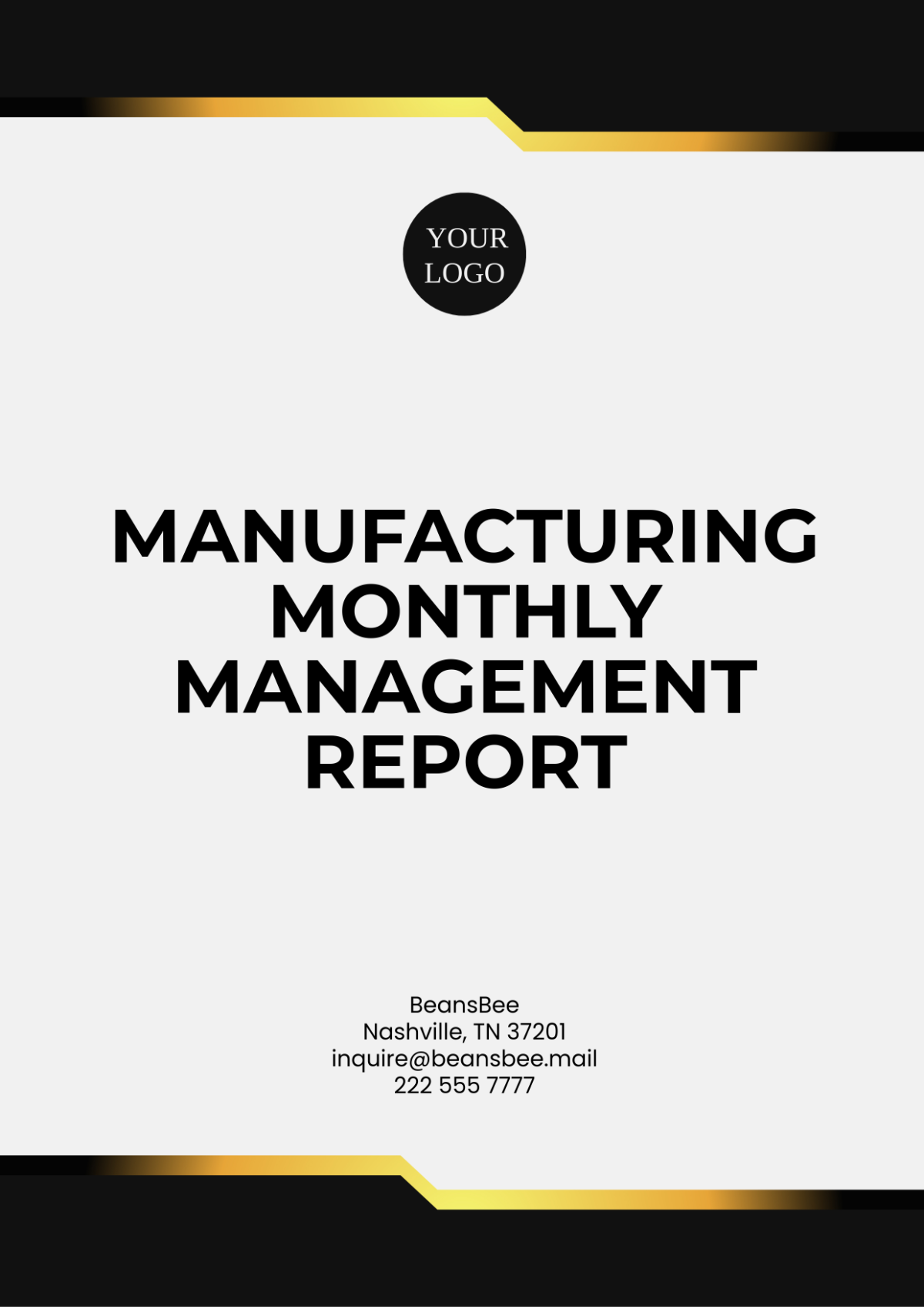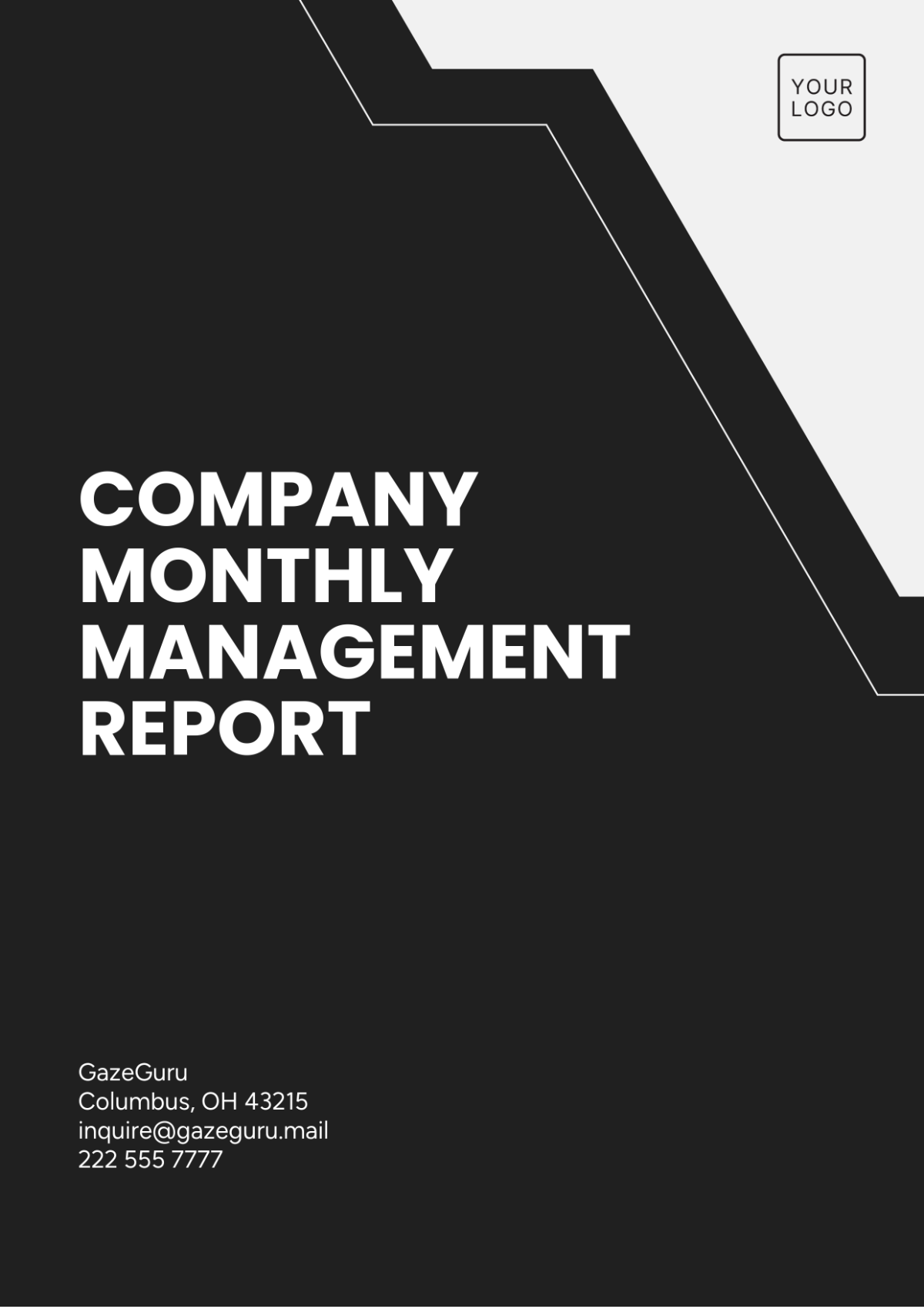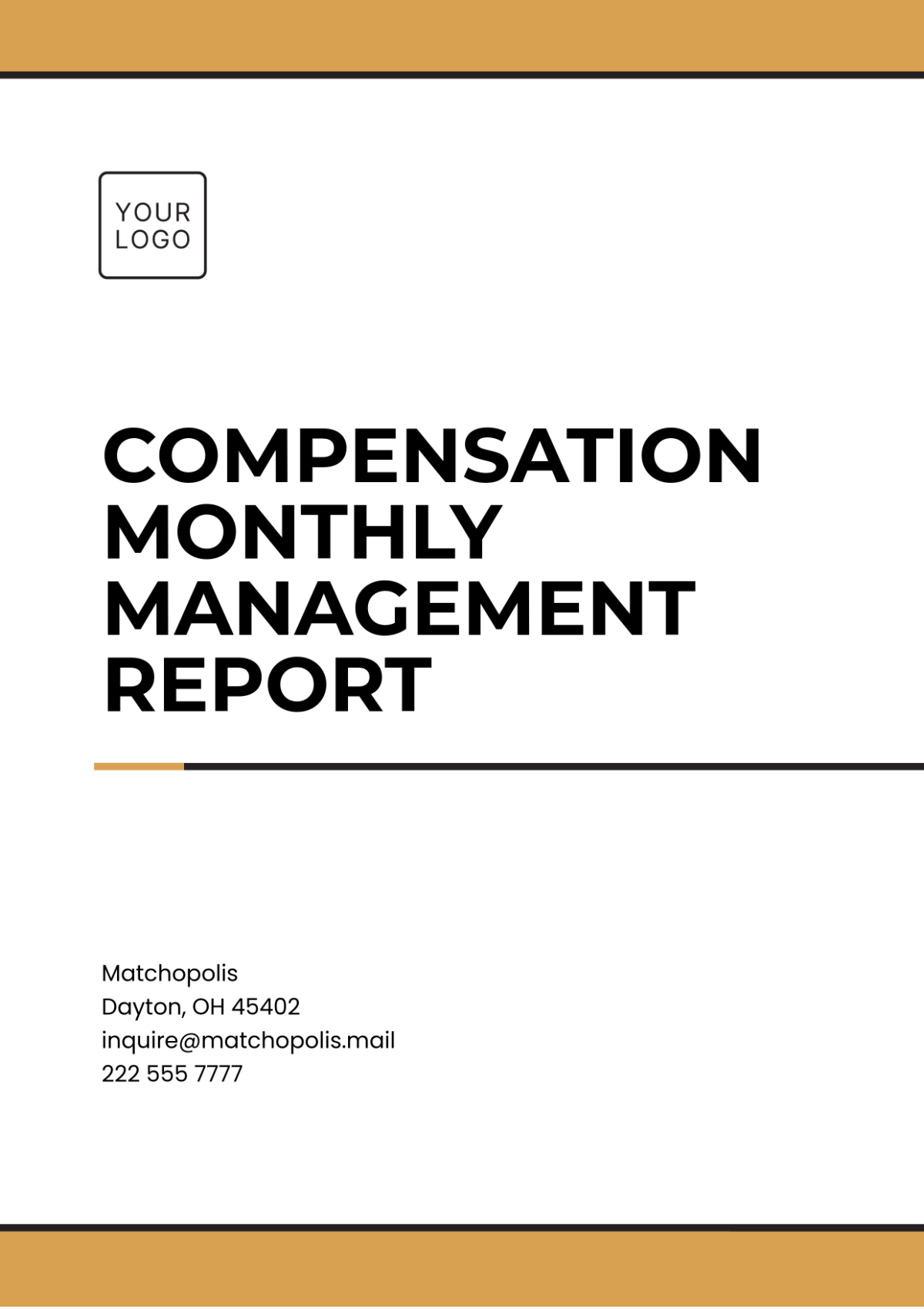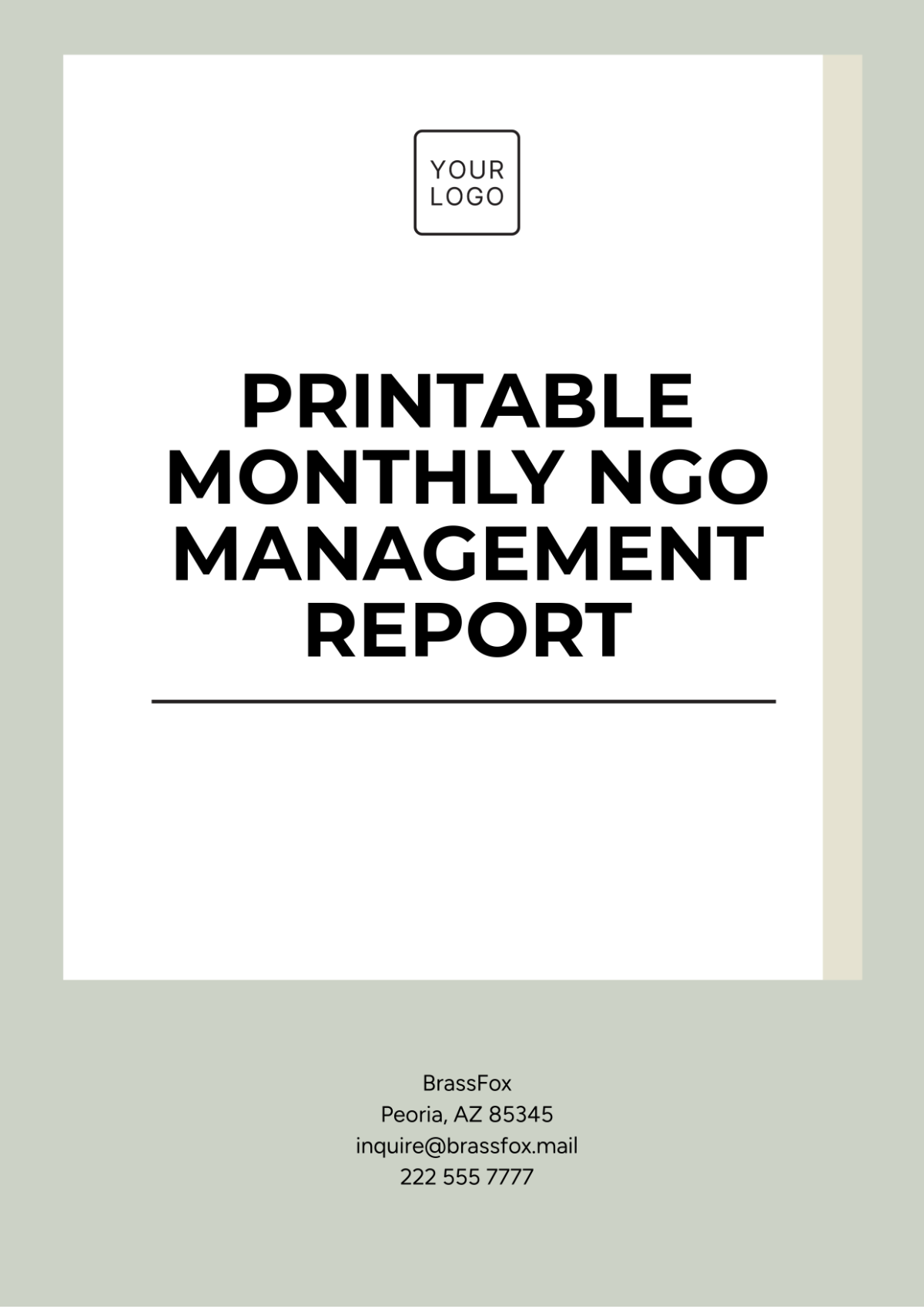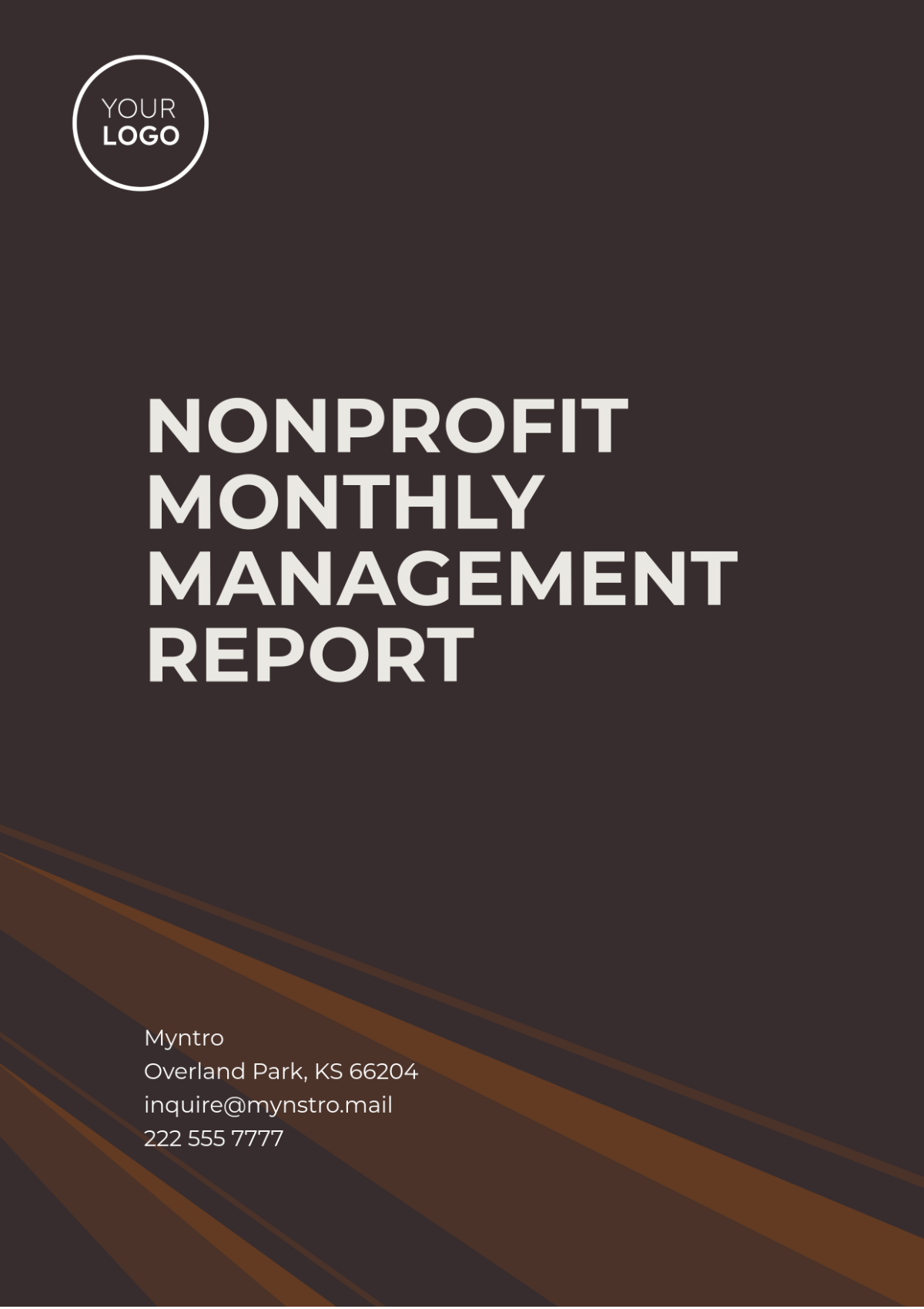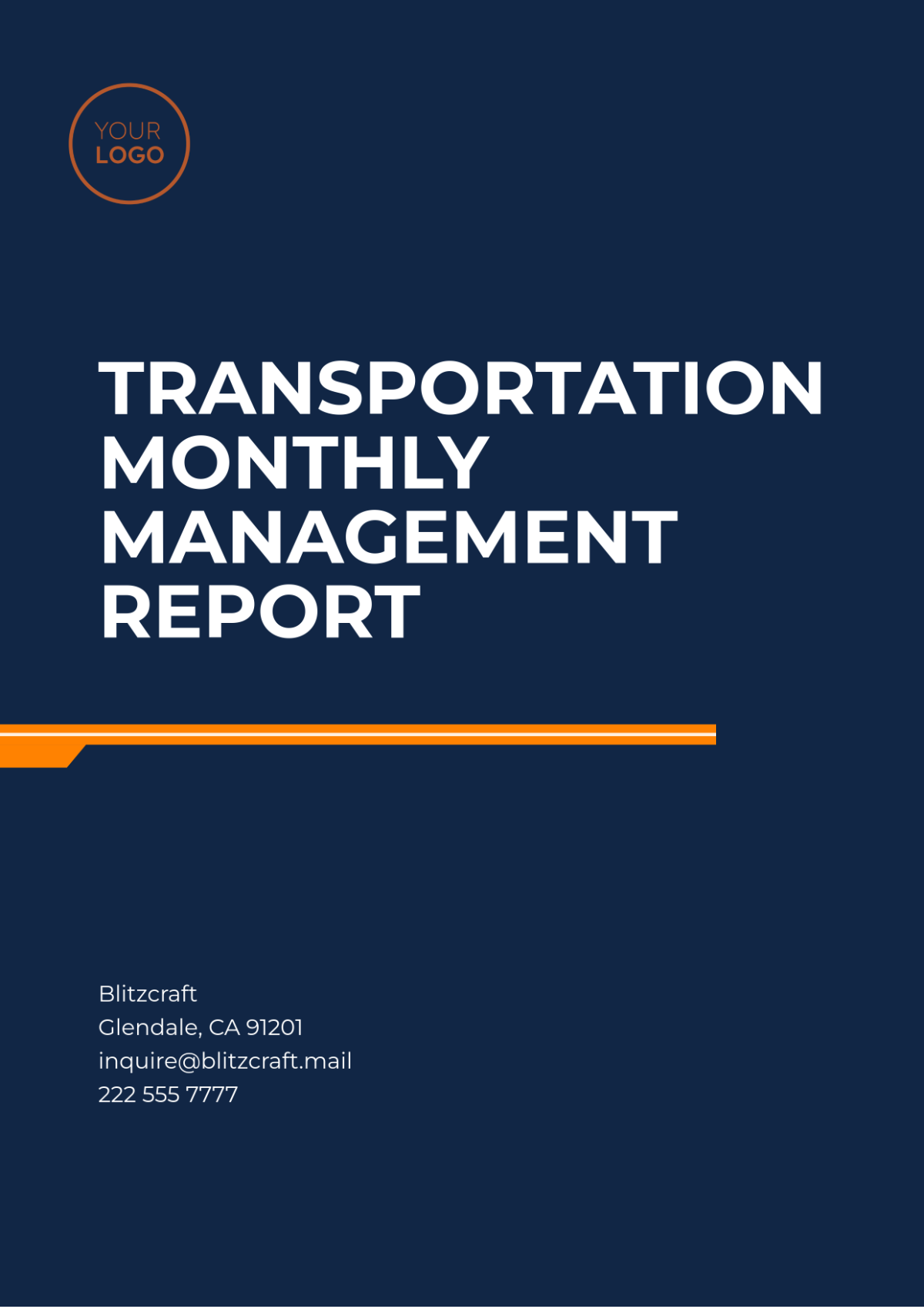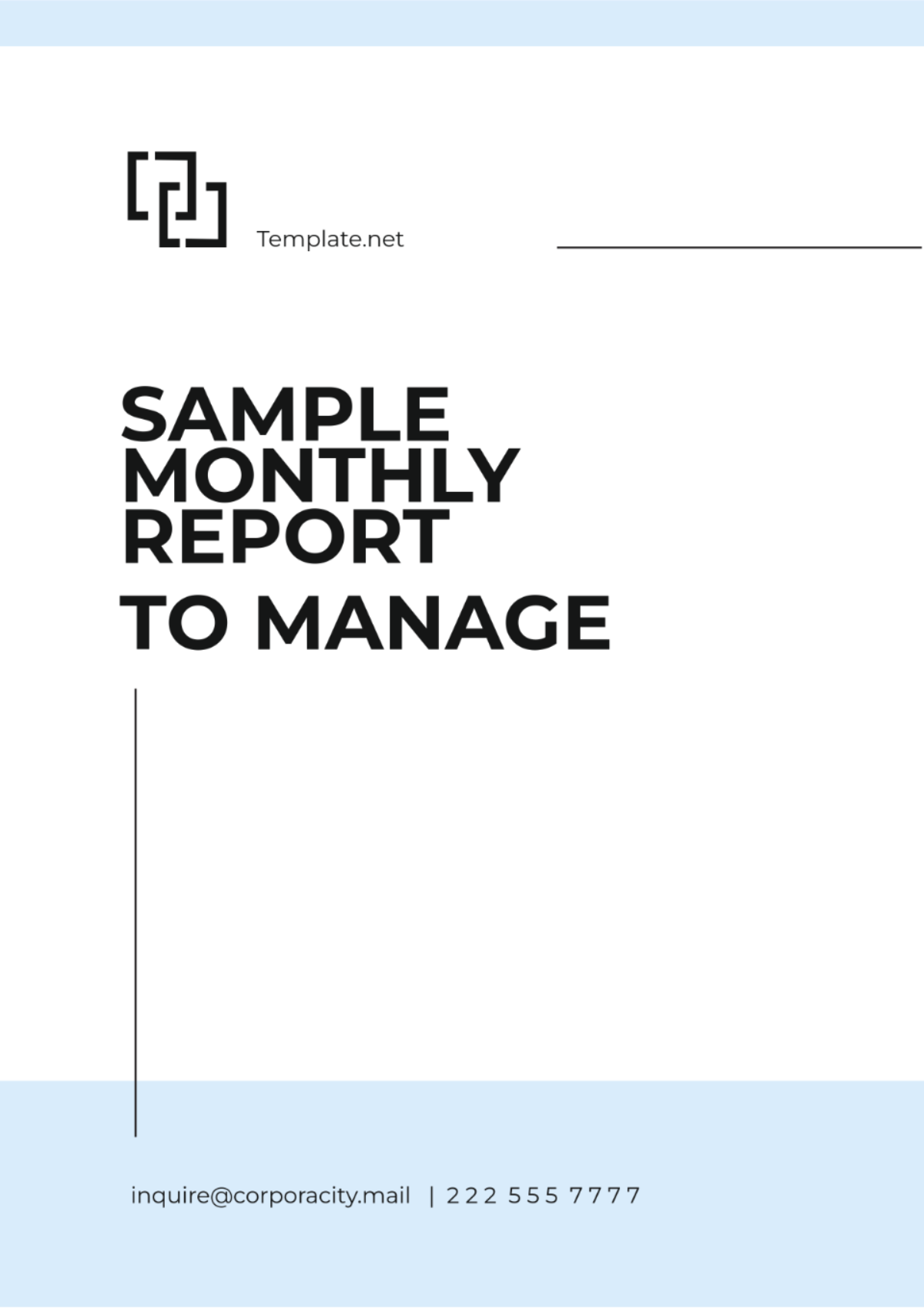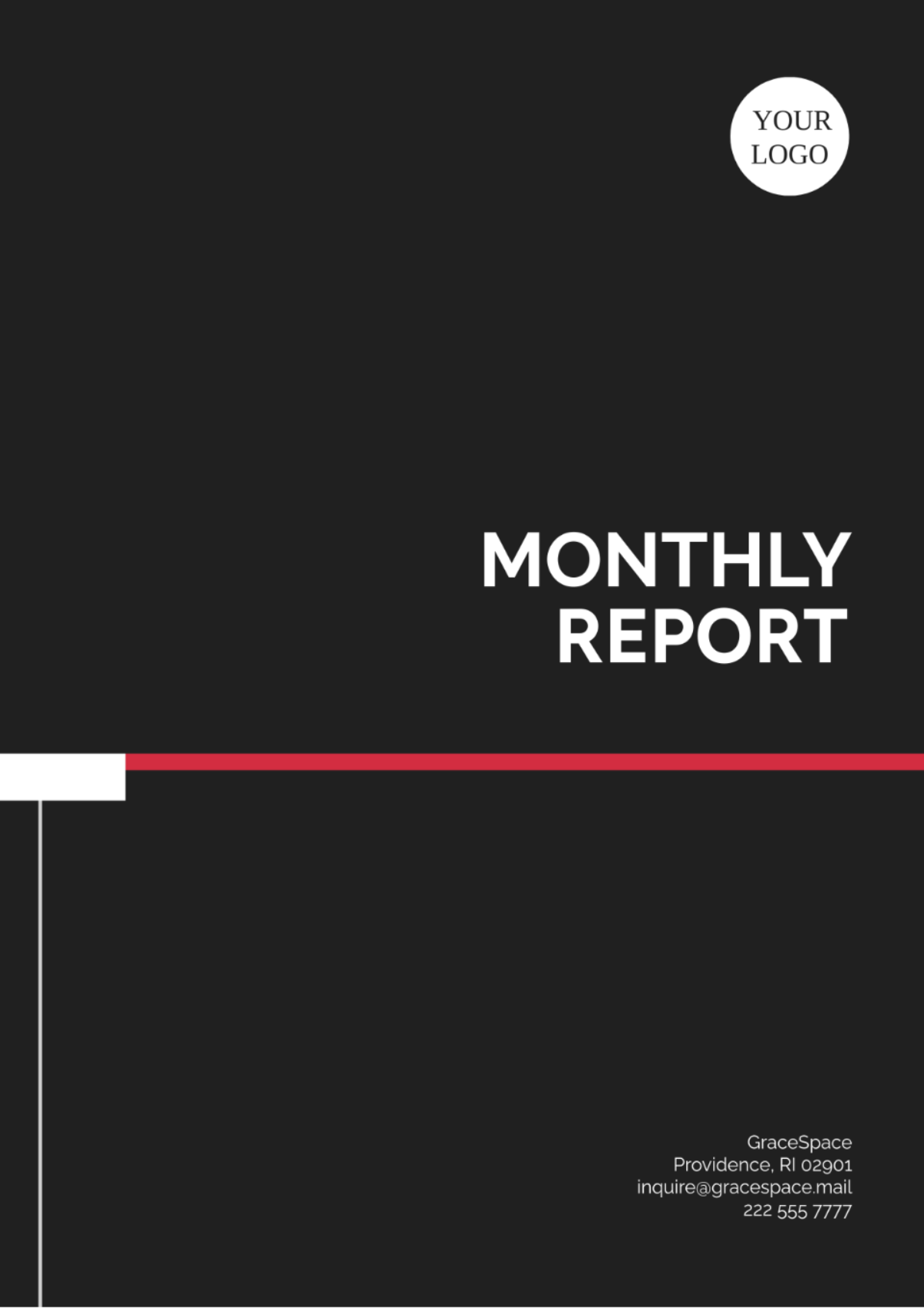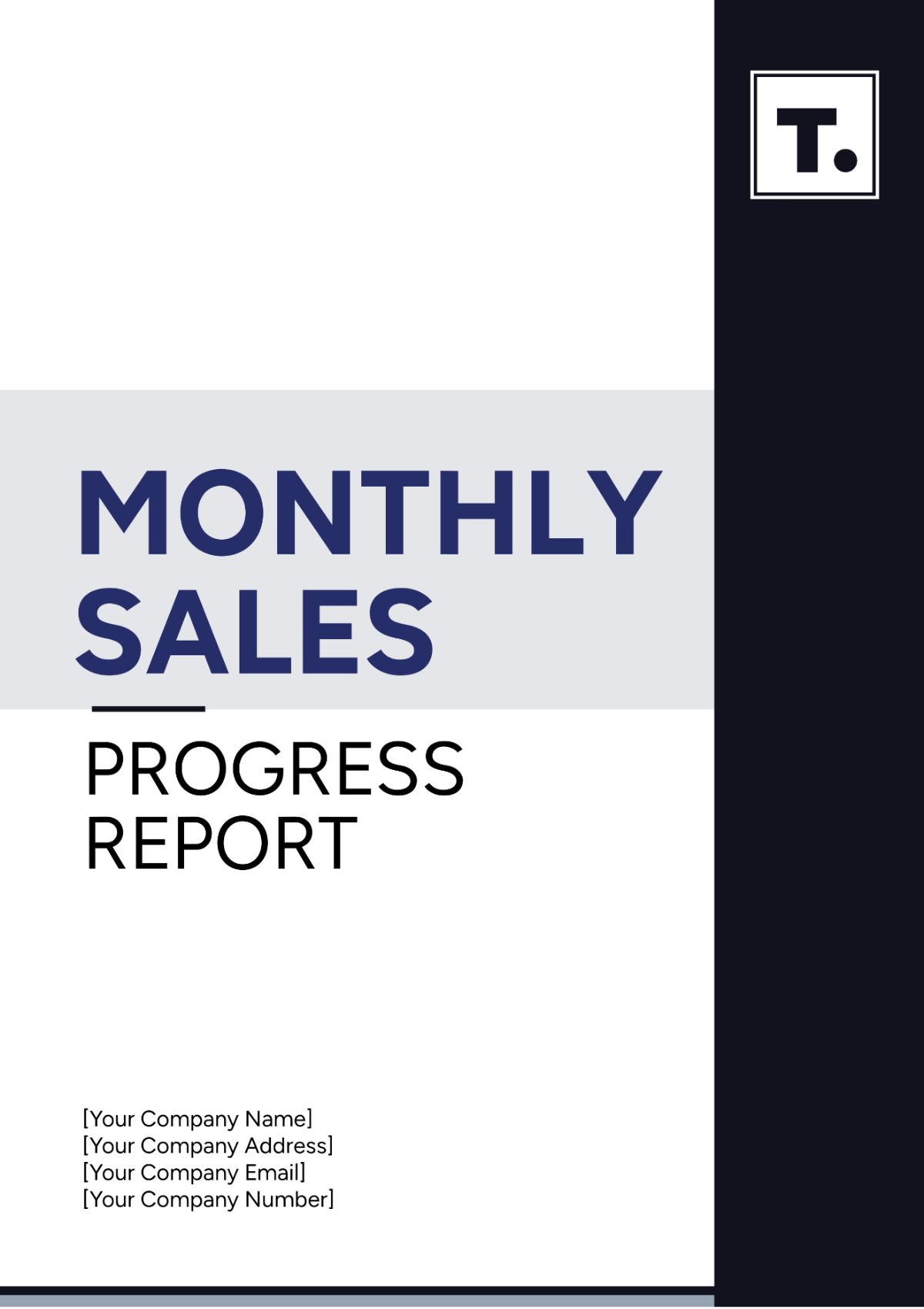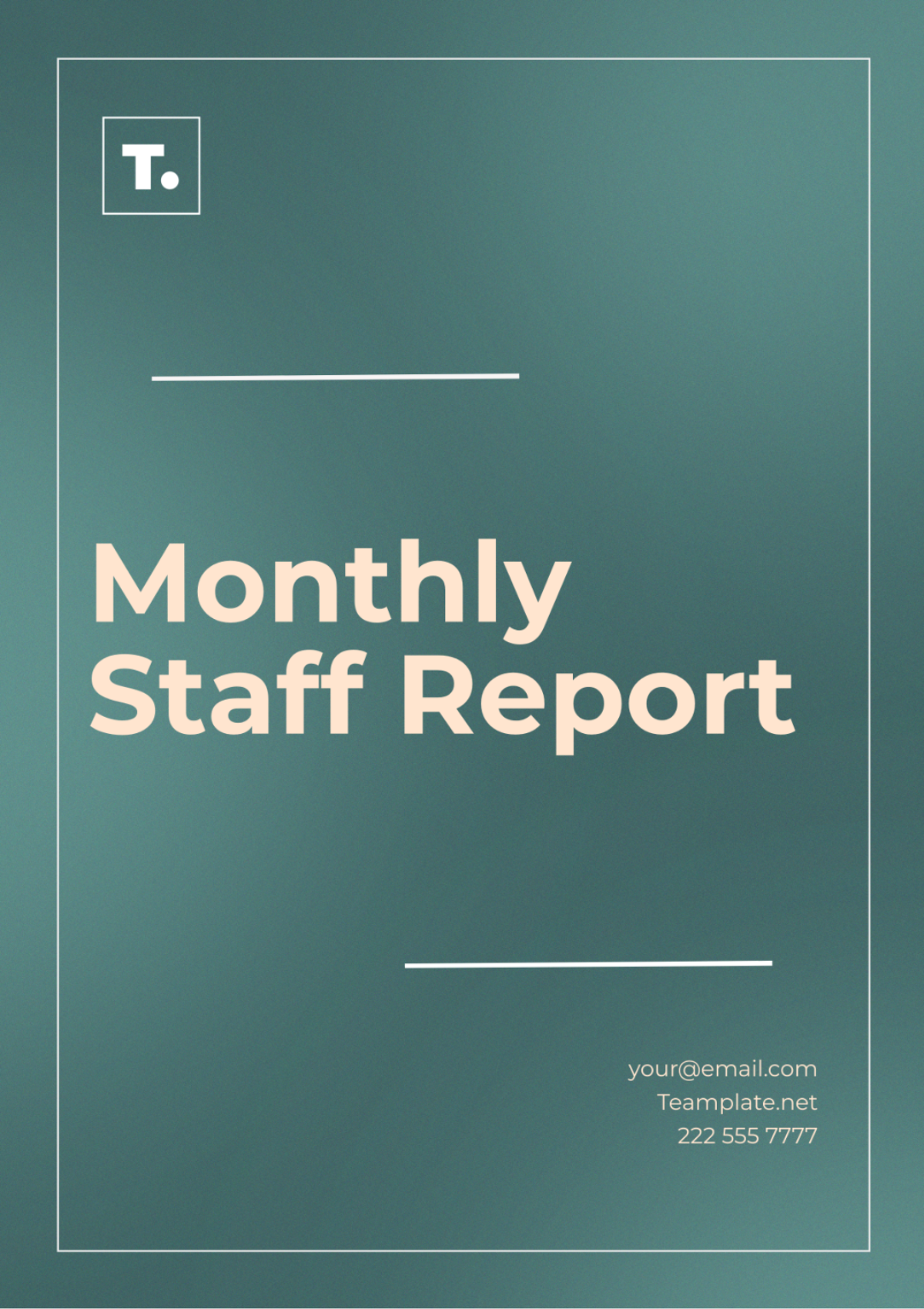PROJECT MONTHLY REPORT
Date: June 30, 2050
Prepared by: Project Management Office
Project Manager: [YOUR NAME]
Project Title: Global IT Infrastructure Upgrade
Executive Summary
This report provides stakeholders with an overview of the risks and issues impacting the Global IT Infrastructure Upgrade project as of June 30, 2050. The project aims to modernize core IT systems across all global branches to enhance efficiency and cybersecurity resilience.
Key highlights this month include:
Status: Project currently in Phase 2, projected to reach Phase 3 by Q4 2050.
Budget: 45% spent, within acceptable variance.
Primary Risks: Cybersecurity vulnerabilities, resource shortages, and supply chain delays.
1. Milestone/Progress Overview
1.1 Project Timeline
The project remains on track for completion by the end of 2051, despite minor schedule adjustments due to external dependencies. Key milestones include:
Milestone | Planned Completion | Status | Comments |
|---|---|---|---|
Phase 1: Planning | March 31, 2050 | Complete | Successfully closed with key approvals |
Phase 2: Implementation | September 30, 2050 | In Progress | Currently tracking 2 weeks behind schedule |
Phase 3: Testing | October 31, 2050 | Not Started | Scheduled to begin in October 2050 |
Phase 4: Deployment | January 31, 2051 | Not Started | - |
1.2 Tasks and Achievements
Completed:
Risk Identification Workshops: Conducted workshops with cross-functional teams on June 15, 2050.
Cybersecurity Audits: Completed preliminary assessments for all global data centers by June 25, 2050.
In Progress:
Resource Allocation Optimization: Rebalancing team availability to meet key deadlines.
Supply Chain Stabilization Efforts: Engaging with vendors to secure necessary components.
2. Budget and Resource Utilization
2.1 Budget Overview
Category | Budget Allocated | Budget Used (as of June 30, 2050) | Variance (%) |
|---|---|---|---|
Personnel | $5M | $2.3M | -8% |
Infrastructure | $15M | $6.9M | -5% |
Cybersecurity | $8M | $4.5M | +2% |
Contingency Reserve | $2M | $0.6M | +5% |
Total | $30M | $14.3M | -7% |
Notes:
Variance Analysis: Budget is under control; however, cybersecurity costs are expected to rise due to increased threat assessments. Contingency funds have been partially used to cover minor delays in resource procurement.
Resource Allocation: Adjustments in personnel availability and deployment are underway to offset initial delays.
2.2 Resource Utilization
Personnel:
Current headcount: 45 out of 50 positions filled.
Shortage of cybersecurity specialists is impacting project timeline.
Materials:
Projected delays in hardware availability due to supply chain interruptions; alternative vendors are being reviewed.
60% of planned hardware has been ordered with a projected delivery delay of 2 weeks.
3. Risk and Issues Management
3.1 Current Risks
Key risks impacting the project this month include cybersecurity threats, resource constraints, and supply chain delays. Each risk is documented below, along with mitigation actions.
Risk ID | Description | Impact Level | Probability | Mitigation Strategy |
|---|---|---|---|---|
R-001 | Cybersecurity Vulnerabilities | High | Medium | Regular audits, staff training |
R-002 | Talent Shortages in Key Areas | Medium | High | Hiring additional contractors |
R-003 | Supply Chain Delays (Hardware) | High | High | Engaging alternative vendors |
R-004 | Compliance Risks (Data Security) | Medium | Low | Alignment with legal and compliance teams |
3.2 Risk Mitigation Efforts
Cybersecurity Initiatives:
Conducting bi-weekly vulnerability scans in all operational regions.
Implemented new access protocols to minimize insider threat risks.
Resource Shortage Management:
Talent acquisition team actively recruiting for short-term roles.
Cross-training existing personnel to fill immediate skill gaps.
Supply Chain Contingencies:
Developed a backup vendor list for critical components.
Ongoing negotiations with primary suppliers for priority shipping.
4. Key Performance Indicators (KPIs) and Metrics
KPI | Target (2050) | Current Status | Variance | Notes |
|---|---|---|---|---|
Project Timeline Adherence | 100% | 93% | -7% | Minor delays due to resource shortages |
Budget Utilization | < $30M | $14.3M | -7% | On track |
Cybersecurity Incidents | 0 | 4 | +4 | Low-level incidents mitigated |
Personnel Coverage | 100% | 90% | -10% | Actively recruiting additional resources |
5. Next Steps and Action Items
5.1 Immediate Action Items
Cybersecurity Reinforcement: Conduct in-depth threat assessments in all operational regions by July 15, 2050.
Personnel Hiring: Fast-track hiring for essential roles, especially in cybersecurity and IT infrastructure, with a goal to fill vacancies by August 2050.
Vendor Engagement: Finalize contracts with backup suppliers to prevent further delays in hardware acquisition.
5.2 Strategic Adjustments
Risk Management Review: Plan a risk review session with key stakeholders to evaluate mitigation effectiveness on July 20, 2050.
Budget Monitoring: Increase focus on tracking cybersecurity-related expenditures to avoid budget overruns.
Timeline Assessment: Adjust project timeline as needed, factoring in the impact of existing risks on milestones.
6. Appendix
6.1 Glossary of Terms
Risk ID: Unique identifier for tracking risks in the project.
Impact Level: Estimated severity of the risk on the project’s success.
Probability: Likelihood of the risk occurring.
6.2 Contact Information
Project Manager: [YOUR NAME], Project Management Office
Risk Management Lead: Johann Harvey, Risk and Compliance
